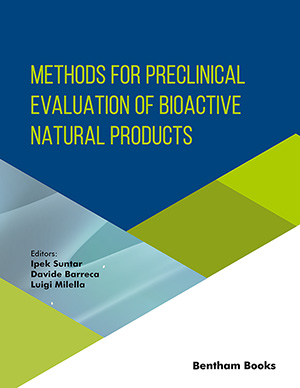Abstract
Background: Transdermal drug delivery systems (TDS) are widely used to deliver a number of different drug therapeutics. The design delivery can be impacted by excipients and, more broadly, organic solvents. Organic or residual solvents are routinely monitored due to safety concerns. However, there is little information on the mechanical properties and delivery performance of TDS.
Objective: The objective of this study was to develop and validate an efficient GC-Headspace method to determine the residual solvents (n-heptane, o-xylene, and ethyl acetate) in transdermal patches. The analytical method was applied to monitor residual solvents in TDS and evaluate the potential effect of the residual solvent levels on the TDS adhesion properties.
Methods: An Agilent GC 7890A was integrated with an Agilent headspace analyzer 7697A system and was used for method development, analytical method validation, and the testing phases of the study. For the analysis of residual solvents in TDS, 2cm x 3cm, a TDS sample was placed in a 20 mL Headspace vial containing 2 mL of a DMSO/water (1:1, v/v) solvent mixture, and an external standard (cyclohexane) was extracted by the headspace analyzer. The system suitability test was conducted according to USP <621>, and analytical method validation was conducted according to USP <1225> over 3 days for validation and was also performed during in-study sample analysis.
Results: The resolution between the solvents was acceptable (2.5, %RSD = 8.0). Intra- and inter- day accuracy and precision of all quality control standards as well as the spiked standards in the transdermal patches were found to be acceptable with RSD% ≤ 10% and accuracy ≥ 85%, respectively. Linearity was > 0.99 for all analytes.
Conclusion: The validated GC-Headspace method was successfully applied to a pilot study for in-house manufactured TDS patches to study the impact of residual solvent concentration on adhesion performance.
Keywords: Headspace-GC-FID, transdermal drug delivery systems, residual solvents, adhesion, product quality, n-heptane, oxylene, ethyl acetate.
[http://dx.doi.org/10.1016/S0939-6411(96)00037-9]
[http://dx.doi.org/10.1016/j.trac.2015.09.008]
[http://dx.doi.org/10.1016/0300-9440(75)80008-7]
[http://dx.doi.org/10.1016/0144-2880(82)90011-2]
[http://dx.doi.org/10.3109/02652049509010297] [PMID: 7650593]
[http://dx.doi.org/10.1007/s12272-009-1707-y] [PMID: 19641883]
[http://dx.doi.org/10.1093/chromsci/bmx052] [PMID: 28605412]
[http://dx.doi.org/10.1016/0731-7085(95)01617-1] [PMID: 8833972]
[http://dx.doi.org/10.1093/chromsci/46.6.461] [PMID: 18647463]
[http://dx.doi.org/10.1093/jat/bkv075] [PMID: 26178163]
[http://dx.doi.org/10.1093/jat/bkw075] [PMID: 27488829]
[http://dx.doi.org/10.1016/S0021-9673(99)00825-0] [PMID: 10563422]
[http://dx.doi.org/10.1007/s10068-017-0049-7] [PMID: 30263551]
[http://dx.doi.org/10.1093/chromsci/bmv175] [PMID: 26657409]
[PMID: 20210075]
[http://dx.doi.org/10.1016/j.jpba.2016.06.020] [PMID: 27344630]
[http://dx.doi.org/10.1023/A:1022693516409] [PMID: 12669951]
[http://dx.doi.org/10.1021/ac9703515] [PMID: 21644595]
[http://dx.doi.org/10.1016/j.jpba.2004.06.014] [PMID: 15496336]
[http://dx.doi.org/10.1016/j.chroma.2010.08.016] [PMID: 20801455]
[http://dx.doi.org/10.1016/j.chroma.2004.09.023] [PMID: 15584239]
[http://dx.doi.org/10.1016/0021-9673(94)89072-2]
[http://dx.doi.org/10.1016/S1461-5347(99)00119-4] [PMID: 10234208]
[http://dx.doi.org/10.1016/S0021-9673(00)96345-3] [PMID: 3680405]
[http://dx.doi.org/10.1016/S0021-9673(01)90430-3] [PMID: 3988837]
[http://dx.doi.org/10.1093/chromsci/30.4.115] [PMID: 1328274]
[http://dx.doi.org/10.1517/17425247.2012.637107] [PMID: 22171789]






























